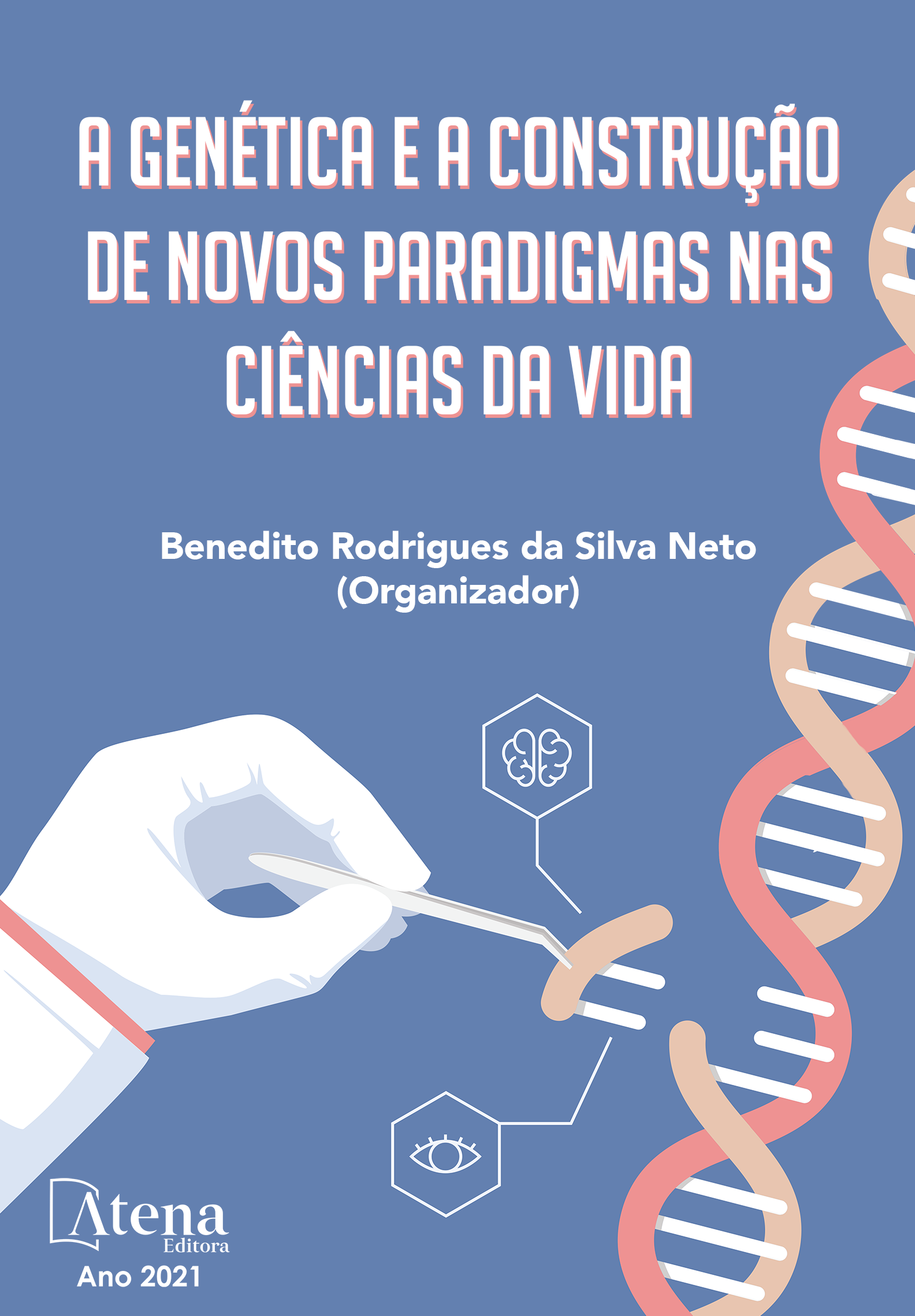
DIVERSIDADE MORFOLÓGICA DE FRUTOS DE MACAÚBA (Acrocomia aculeata)
A caracterização morfológica é uma das ferramentas que auxilia na determinação da diversidade genética entre as populações de uma espécie. Nesse sentido, o objetivo deste estudo foi avaliar a biometria e a diversidade fenotípica de duas populações de macaúba (Acrocomia aculeata) no estado do Maranhão, Brasil. As variáveis analisadas foram: comprimento, diâmetro, peso e relação comprimento/diâmetro dos frutos. Em seguida, procederam-se as análises estatísticas univariadas, que compreenderam medidas de posição, dispersão e assimetria. Os resultados obtidos a partir das análises univariadas evidenciam a presença de variação fenotípica. A diversidade foi estimada levando em consideração os resultados obtidos da caracterização física dos frutos. A partir, da matriz de distância euclidiana, aplicou-se a técnica UPGMA (Unweighted Pair Group Method using Arithmetic averages), que reuniu as palmeiras em quatro grupos, de modo que a obtenção de grupos distintos indica presença de variabilidade genética no material coletado. A análise de componentes principais, do mesmo modo que a método de agrupamento UPGMA confirmaram a maior divergência do genótipo 12 em relação às demais macaúbas, sendo que o mesmo apresentou as maiores medidas para peso dos frutos. Deste modo, as variáveis biométricas quantificadas são eficazes na distinção da macaúba, sendo assim, são importantes marcadores morfológicos que podem auxiliar na diferenciação de genótipos e contribuir para estudos de divergência genética.
DIVERSIDADE MORFOLÓGICA DE FRUTOS DE MACAÚBA (Acrocomia aculeata)
-
DOI: 10.22533/at.ed.1652119033
-
Palavras-chave: Biometria, caracterização, morfologia dos frutos
-
Keywords: Biometry, characterization, fruit morphology
-
Abstract:
Morphological characterization is tools that helps in determining genetic diversity among populations of a species. In this sense, the objective of this study was to evaluate the biometrics and morphological diversity of two populations of macauba (Acrocomia aculeata) in the state of Maranhão, Brazil. The variables analyzed were: length, diameter, weight and length / diameter ratio of the fruits. Then, univariate statistical analyzes were performed, which comprised measures of position and measures of dispersion and asymmetry. The results obtained from the univariate analyzes showed the presence of phenotypic variation. Diversity was estimated taking into account the results of the physical characterization of fruits. From the Euclidean distance matrix, the UPGMA (Unweighted Pair Group Method using Arithmetic averages) technique was applied, which gathered the palm trees in four groups, so that obtaining distinct groups indicates the presence of genetic variability in the collected material. The principal component analysis, in the same way as the UPGMA clustering method, confirmed the greatest divergence of genotype 12 in relation to the other macaubas, with the same having the greatest measures for fruit weight. Thus, the biometric variables are quantified effective in macaúba distinction, therefore, are important morphological markers that can help to differentiate genotypes and contribute to studies of genetic divergence.
-
Número de páginas: 14
- Ana Valéria Costa Da Cruz
- Beatriz da Silva Rodrigues
- Amando Oliveira Matias
- Michelli Ferreira dos Santos
- Clarissa Gomes Reis Lopes
- Angela Celis de Almeida Lopes
- Sérgio Emílio dos Santos Valente
- Marcones Ferreira Costa


